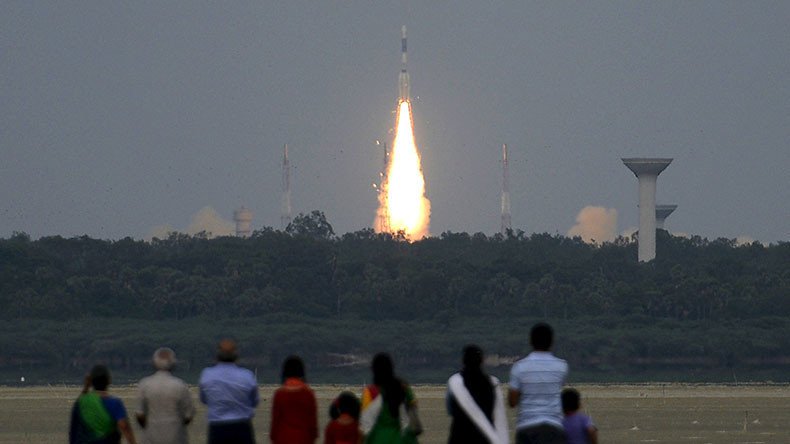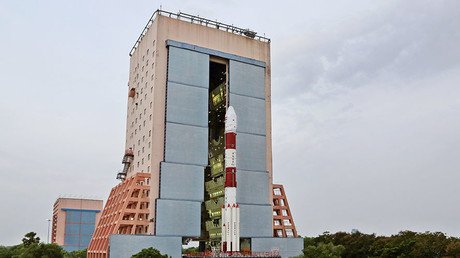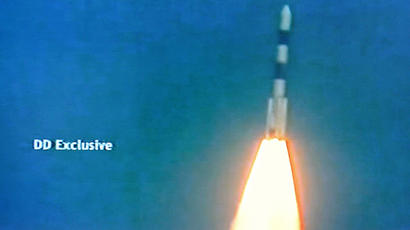India to make moon journey 10yrs after 1st lunar mission

India’s second bid to explore Earth’s satellite is likely to start in March 2018, the atomic energy and space minister announced. The unmanned mission will shed light on the moon’s environment a decade after contact was lost with module’s predecessor.
The national space agency, the Indian Space Research Organization (ISRO), is set to start a lunar journey of the Chandrayaan-2 mission as early as March of next year, the local media reports, citing Jitendra Singh, who announced the news Monday during the Asian Conference on Remote Sensing in New Delhi.
“It is logically an extension of the Chandrayaan-1 mission,” ISRO project director Mylswamy Annadurai said, as quoted by the Nature. The second mission is likely to come nearly a decade after India’s first trip to the moon, having launched the two-year Chandrayaan-1 mission in 2008.
Although the spacecraft lost contact with the Earth 10 months into its expedition, one of its instruments detected and confirmed water ice on the moon’s surface before NASA did.
Meanwhile, the successor mission is geared up for even more challenging goals, including a controlled or soft landing with advanced guiding systems.
READ MORE: Russia & US to create new space station in moon’s orbit
The ISRO is also planning to tackle floating moon dust with a special instrument called Radio Anatomy of Moon Bound Hypersensitive ionosphere and Atmosphere (RAMBHA). The lunar powder proved to be troublesome since it gets into everywhere and damages equipment, from spacesuits to machinery.
Chandrayaan-2 is also set to gather thermal measurements near the moon’s polar region “to further consolidate the findings from the first mission and add new ones with in situ analysis of the lunar surface and ionosphere,” according to Annadurai.
Although ambitious, the project comes at a moderate price, with the ISRO setting its budget of some $93 million for the entire mission.
“If it succeeds, maybe everyone else will see that their mission didn’t really need that extra bell or whistle,” the Nature cited an astrobiologist from the Australian National University, Charles Lineweaver.
The agency is set for final tests to start within three to four weeks, integrating all the components of the Chandrayaan-2, which consists of an orbiter, a lander and a rover.














